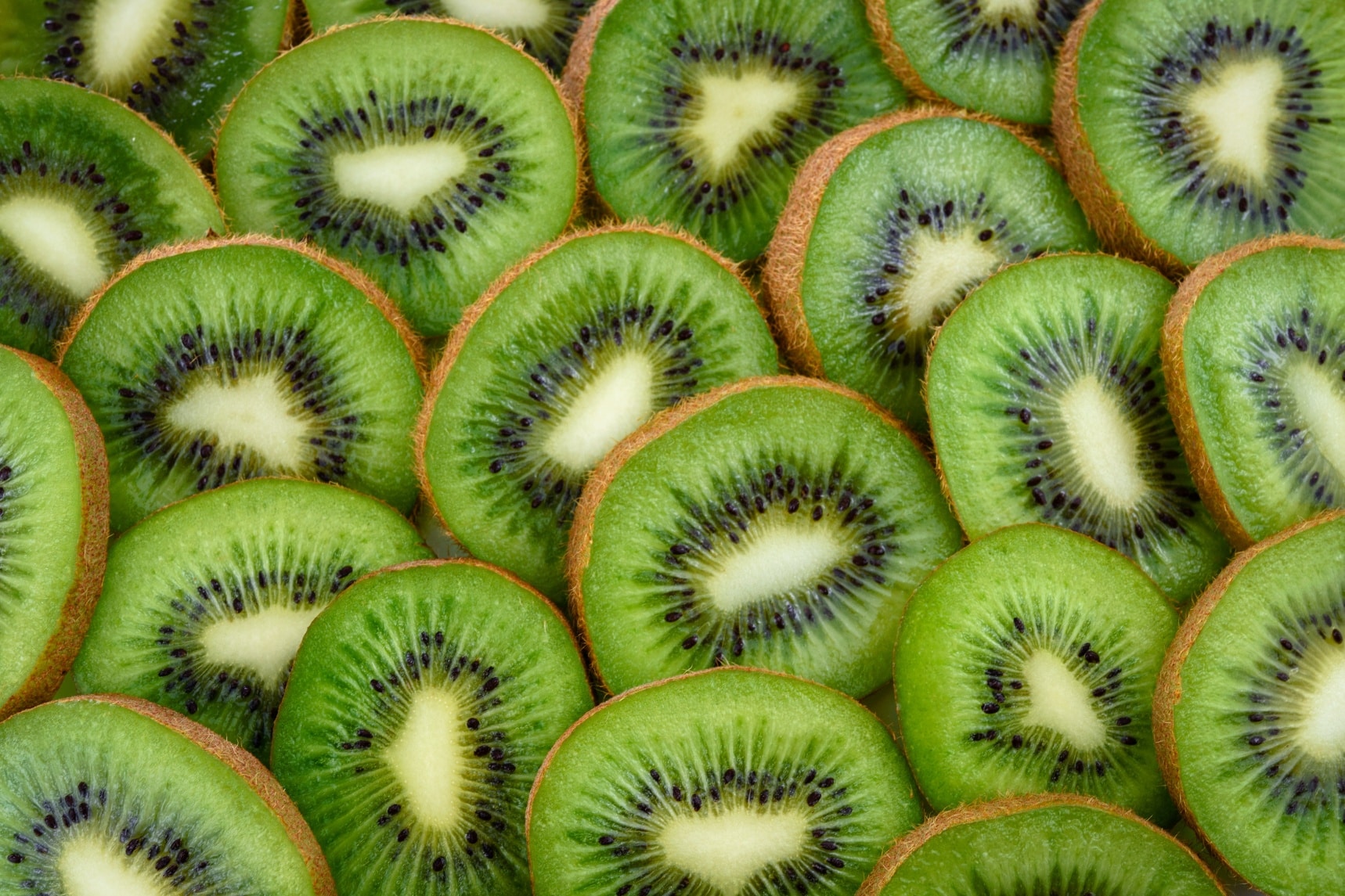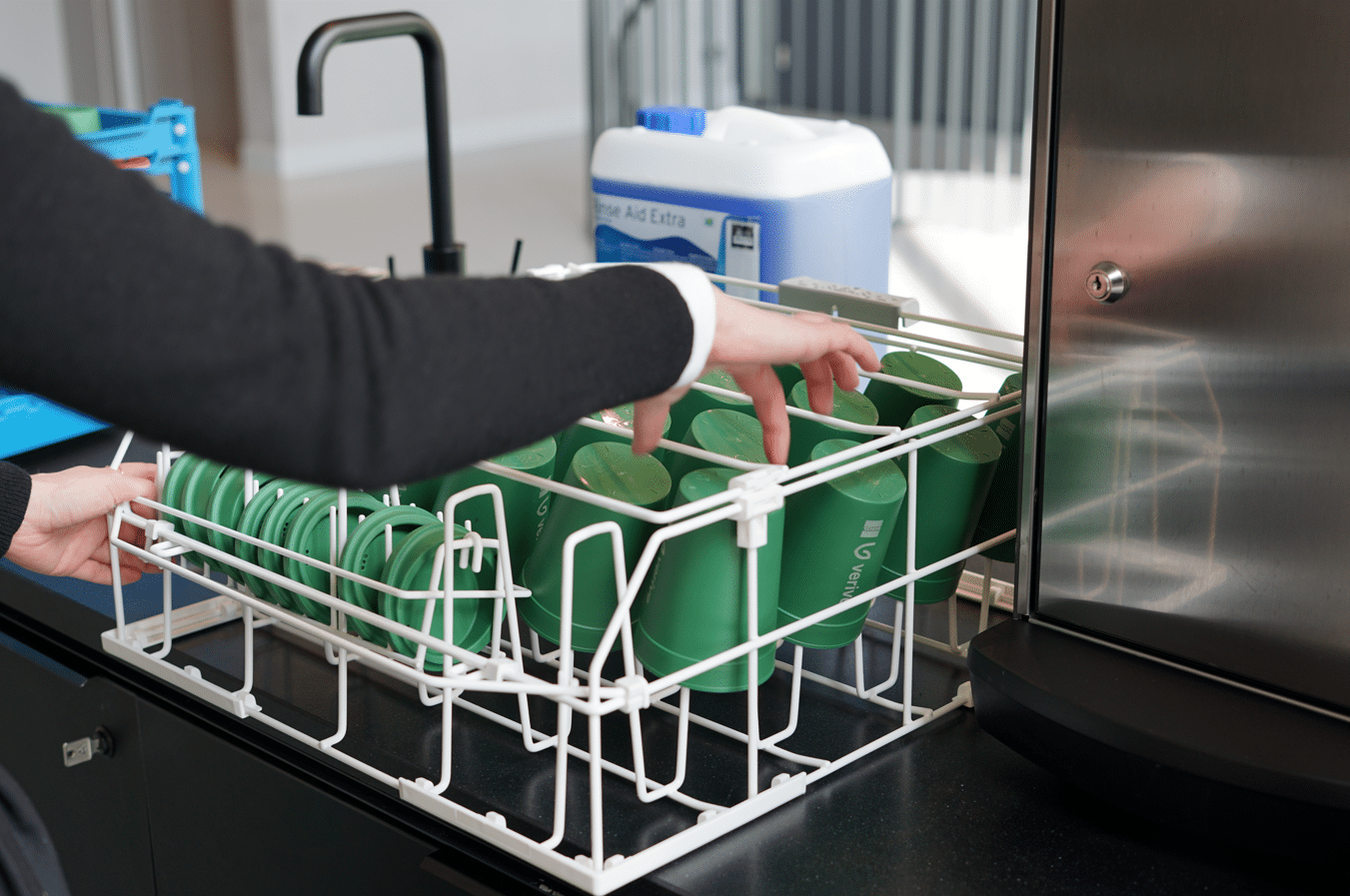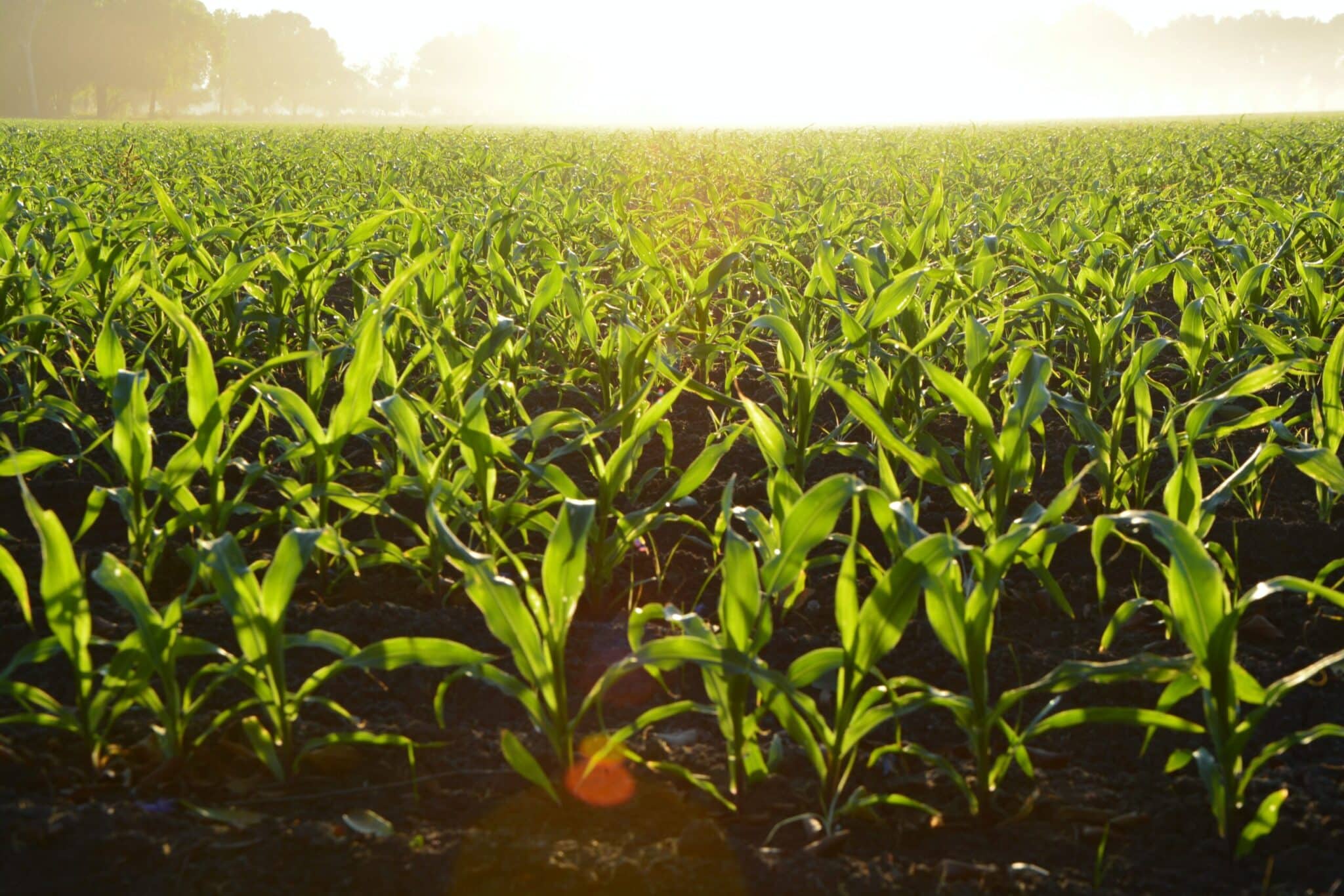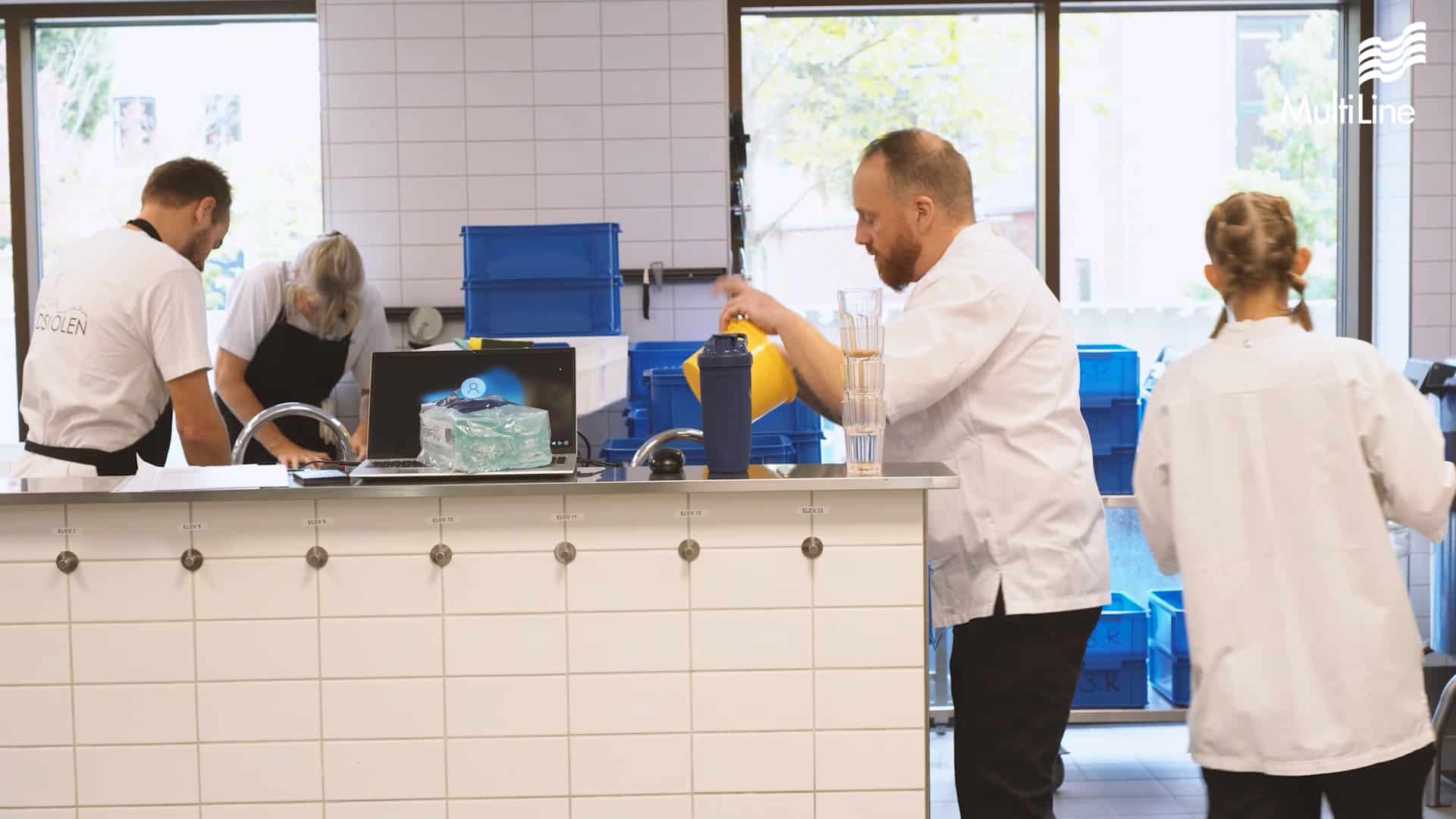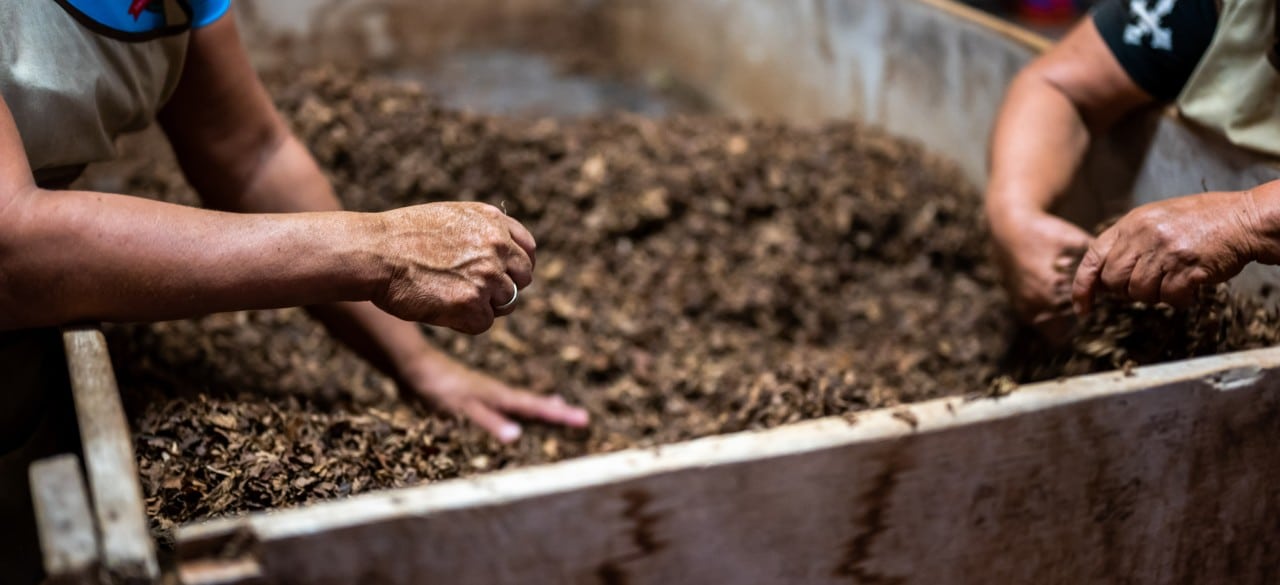About this article
Circular models could be the key to a more sustainable future and to greater business success. Find out who’s already doing it, and how any business can start moving in a circular direction.
The ‘circular economy’ is a hot topic, and widely discussed as the foundation of a more sustainable future. But between the buzzwords and big ideas are questions about what it means in practice – and more specifically, what it means for businesses to transition to this new way of operating. Learn about circularity and get inspired by companies that are proudly leading the way.
What is the circular economy?
Simply put, the circular economy is based on the idea that products should never go out of use or reach landfill, and instead be made into something new. Instead of drawing on virgin raw materials, circular production relies on extracting value from materials that have already been used. Once any given product reaches the end of its useful life, it can be broken down into its constituent parts so they can be fed back into a cycle of production. Recycling is key to this, but also reuse and repair, as well as biological processes like composting and usage models like sharing and leasing. In a truly circular system, this process can continue infinitely. It goes beyond the idea of reducing harm, to instead be actively regenerative by design.
The circular model vs the linear model
Value is captured in this loop of using and reusing, in contrast to its opposite: a linear model. This – our current dominant model of production and consumption – draws on cheap, readily available raw materials which are turned into products. Then, at the end of their life, they are simply discarded, with no value retained or reclaimed – and in ways that inevitably pollute the world’s land, sea or air.
The concept of circularity highlights the zoomed-out perspective needed for truly sustainable products. It is not just the sourcing of raw materials or the end of life processing that needs to be taken into account – but a holistic view of the full lifecycle of any product from source, to use, to disposal.
Why go circular as a business?
The benefits of a circular economy for the environment are clear. Summed up it creates:
– less depletion of natural resources,
– less air pollution
– less land use.
a circular model could lead to higher profit margins, more resilient supply chains, and stronger customer relationships.
The circular economy offers benefits for businesses
But there are also benefits for businesses – who also have the power to drive the shift.
Huge cost savings
It is estimated that, in a circular system, huge cost savings could be made when it comes to raw materials. For example:in the FMCG sector alone, as much as US$700 billion can be saved globally each year.
Improving customer loyalty
Circularity can also improve customer loyalty, as reuse – and other alternative, circular business models – create more touchpoints for customers and opportunities for brand-building. Plus, customers are increasingly interested in buying sustainable options – and paying more for them.
Greater stability
A circular production model also offers greater stability, as raw material supplies can be affected by natural disasters and political events in ways that supply chains centred on reuse and recycling are more resilient against. And given that government regulations around materials and waste disposal are evolving towards more focus on circular principles, many businesses may find that making changes early and incrementally can make more economic sense than last minute overhauls.
Businesses already moving towards circularity
Any business’s product type, industry, and customer base can influence the path it might take towards circularity. But for any business, there is always a starting point to be found – which can then be built on to expand right across the supply chain. This could involve small changes to product design or packaging, right through to fundamental shifts in the business model.
Adidas embraced circular principles by teaming up with Parley
Adidas, for example, have publicly embraced circular principles for part of their product range since teaming up with Parley in 2015. Knowing that trainers are a major contributor to plastic pollution, they began intercepting plastic before it reached the ocean and turning it into a high performance shoe. In 2019 they took this a step further with FUTURECRAFT.LOOP – a trainer that can be infinitely recycled, its raw materials remade into a new shoe after each person is finished with their pair.

>> “Imagine a product that lived forever. Where the raw material of one product is never thrown away; it just becomes another product. And then another one. And another one. A product made to be remade. That is the journey we’re on.” — Amanda Verbeck & Tanyaradzwa Sahanga, FUTURECRAFT.LOOP development team
They have the evidence needed to take the product to market – after a successful first phase pilot, Adidas plan to launch the shoe in Spring/Summer 2021.
80% of IKEA’s home furnishings are circular
Home furnishings giant IKEA have also made strides towards circularity, with a commitment to be fully circular by 2030. 80% of the company’s home furnishings are now approved as circular, and they are set to upscale trials of new rental and refurbishment business models. Their partnership with the Ellen Macarthur Foundation, an organisation leading the global shift to a circular economy, will also see them lobbying for legislative changes that would influence wider industry behaviour.
>> “To become circular is one of our big ambitions and challenges for the future. It is a transformational shift for our entire business. Our goal is to give products and materials a longer life through reuse, refurbishment, remanufacturing, and, as a last option, recycling.” — Lena Pripp-Kovac, Inter Ikea Group’s chief sustainability officer

Toast Ale brings circularity in their product- and business model
Newer companies, too, are bringing circularity into business – and have the opportunity to build it into the DNA of their product and business model. Toast Ale has emerged as a leader in this space since its launch in 2016. It brews craft beer from leftover bread, and has so far saved nearly 2 million slices of bread from going to waste – avoiding 42 tons of carbon emissions in the process.
>> “Encouraging people to envisage and move towards a more circular economy must start not with complaining, but by showing a better option. It’s a strategic change to the entire system but it can start with individual brands leading the way with innovative approaches to closing the loop.” — Tristram Stuart, Toast Ale founder
“Challenging, but with clear long-term benefits”
All these businesses are showing that circularity is possible but many companies are equally aware of the challenges of bringing about change. Rethinking sourcing, product design, or any part of a supply chain can be daunting, particularly for larger organisations. Change can involve unknowns, which calls for a willingness to continue to innovate and adapt. And upfront investment is often needed in order to make the necessary changes.
But longer term, the benefits are clear. If implemented strategically, a circular model could lead to higher profit margins, more resilient supply chains, and stronger customer relationships.
How to get started with circularity?
Each commercial setting is different, so looking at circularity through the lens of your business – its current products, business model, customer base and supply chain – is the best way to start exploring the question of how to begin making the shift.
Product packaging is a great starting point
Single use items, like product packaging, is an area in which many businesses can start to make adjustments towards circularity. When looking at circular alternatives, there are many options available – most of which will be labelled recyclable or compostable. This means that their value can be extracted and used again (recycling) or returned safely to the soil (composting).
The waste infrastructure available is an essential part
The right options for your business will depend on the waste infrastructure available to your users or customers, and the required end of life treatment for any specific packaging type. Some cities have easy access to food waste collection, making compostable packaging an effective option; while other regions will have more advanced plastic recycling systems that make certain types of plastic packaging more likely to be disposed of correctly.
Verive offers transparency: no vague claims or greenwashing buzzwords
Understanding the detailed properties of any packaging option, as well as the available options for processing waste, is key to ensuring it is part of an effective circular strategy. We provide this level of specific information for all Verive products – no vague claims, and no greenwashing buzzwords. And our personalised packaging strategy service is designed to make sure you find the best option to match the context of your business – whether that is recycled, recyclable, compostable or renewable packaging.
We’re here to help you
Circularity is an exciting – and necessary – part of the future. We’re here to help you close the loop on food packaging and tableware, so your business can be part of the change. Get in touch with one of our sustainability experts.
